Politicon.co
Globalization and its discontents
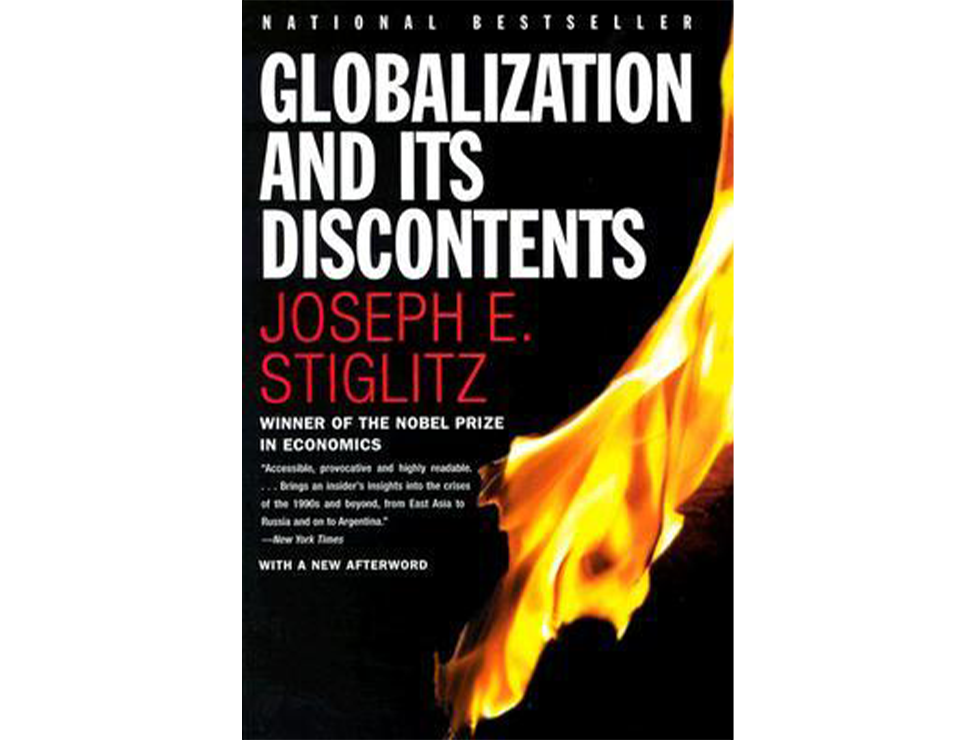
Book review
Joseph E. Stieglitz
“Globalization and its discontents”, a book by the American Nobel laureate Joseph Stieglitz, has since its first publication in 2003 already turned into classics and textbook material. Thus its almost revolutionary mission as a harbinger of refined academic criticism of globalization “from inside” may be easily overlooked now. Stieglitz, who had himself worked for the World Bank and IMF, never casts doubt on the benign character of globalization per se: he takes for granted (and it’s difficult to argue here) that this process brought dramatic improvements to the lives of billions of people around the Earth, through raising minimum standards of living, lifting many people out of extreme poverty and providing basic medical help to the world’s poor. However, the depth of this impact turned out to be much more shallow than expected or than it promised at the dawn of the global institutions’ era. Inequality persists as the world system’s arch problem, not shrinking as years are passing; on the contrary, it is enlarging. While some of the direst needs were answered in many destitute regions of the world, long-term development goals were all too often overlooked, local economic models being unwisely submerged under the inflexible and detached Washington consensus. Professor Stieglitz holds international bureaucracy responsible for failing to cope with the problems of developing countries and only exacerbating it.
The International Monetary Fund stands in the center of his analysis of global governance gone wrong. The gist of Stieglitz’s criticism of its policies is that the IMF had, since its establishment in the aftermath of World War II, grossly deviated from the original mission of assisting the postwar recovery and sustainable growth of the devastated economies. Instead, the organization shifted its focus on qualitative financial indicators of a country, turning, as the author claims, means into ends. In the 1980’s, the IMF economists became known for their stalwart commitment to the neoliberal orthodoxy and the Washington consensus: the Fund’s policy advice to the developing countries shaken by the end of the “glorious 30 years” de-facto didn’t leave them any choice since most of these countries were poor and desperately needed the IMF’s money. The Fund did not hesitate much to impose principles of free trade on the countries obviously inapt to compete globally, making the whole sectors of the economy go bankrupt. However, even those adverse conditions put forward by the IMF were often better than nothing.
Moreover, the IMF’s policies affected not only the poor but some of the most successful developing countries too, as it happened in the massive crisis that during 1997-1998 spread over most of the “Asian tiger” countries. While South Korea, China, Thailand, Malaysia and some other countries of the region had earlier managed to attain unprecedented rates of economic development relying mostly on the self-tailored strategies that involved a significant portion of state guidance and protectionism, during the 1990s the IMF worked hard to bring these countries closer to the neoliberal “ideal”. Though free capital flows at first seemingly benefited their economies, bringing immense flows of capital to help local consumption swell, it made the currencies much more vulnerable to speculations. When the first signs of trouble came in 1996 in Thailand, after a quick withdrawal of large amounts of short-term debt depreciated the bath, the IMF insisted that free-market principles would eventually resolve the crisis in the best possible way. However, things only got much worse with other leading Asian economies falling into the same trap. But even when these countries experienced, for the first time in decades, a substantially negative annual GDP growth, the Fund’s advice again narrowly focused on protecting big capital (as stemming from its seemingly irrational opposition to capital flow restrictions) and “sound” finance (meeting low inflation targets, keeping stable exchange rate to the detriment of growth and positive trade balance). The results were disastrous: the Thai economy had shrunk during the crisis by almost 1/4 and returned to the 1996 levels only 10 years later; in Indonesia, the cuts in the basic social supply led to political turmoil, putting an end to the 30-year government of President Sukharto and leading to massive capital flow. Other countries, too, suffered a lot. To make matters worse for the IMF, the countries which followed it least- Communist Party-governed China and Malaysia which reintroduced capital controls at the peak of the depression, in the end, suffered much less. Still, though the Asian crisis clearly demonstrated their wrongness, the IMF gave virtually the same policy advice to Argentina in 2001-2002 bringing about an economic catastrophe, when unemployment soared up to 25% and the peso lost 75% of its value.
The author brings us to the conclusion that the IMF still disposed of substantial reputational, along with financial, capital too and that’s why even relatively big countries, such as South Korea and Thailand, can feel the inclination to comply with the policy advice even if they seem counterintuitive. Unfortunately, the organization abused this capital all too frequently, too. The Asian crisis revealed not a tendency but a whole policy set that systematically overlooked the target of securing real economic growth as the basic indicator and instead pursued the very interests of finance that in theory was supposed to serve the former goal. The means were reified and served instead of goals. Moreover, the IMF did not hesitate much to exaggerate economic performance estimations in order to show the veracity of their policy recipe.
What is even worse, the IMF’s professed detachment from politics often resulted in their working densely with non-transparent or openly predatory elites. The chapter on Russia, perhaps the best in the book, demonstrates how it utterly failed to understand the complex problem of socioeconomic transition, overlooking such deeply lying problems of the post-Soviet countries as the lack of normal pricing mechanisms, rule of law (incl. property rights) and understanding of how markets work and hence assisted in Moscow’s unsuccessful reforms that contributed to massively falling incomes whereas a group of oligarchs who could capitalize on their government connections and grabbed the lion’s share of the country’s wealth. During the 1990s, they exerted enormous influence on the Russian politics and their interests were directly reflected in the IMF-advised policy of keeping the ruble’s exchange rate low that enabled them to accumulate a higher stock of hard currency assets but triggered a bubble that finally burst out in the August 1998 default. Legalized pillage of natural resources was sold to the IMF as Russian “privatization”. Just to show how obviously wrong the IMF’s position had been, Stieglitz shows the example of China whose economy was growing at the same time at cosmic rates; it built up a smooth transition plan without falling into traps of unregulated “wild” capitalism Russia used to have and turned out to be the only East Asian country that escaped the 1997 crisis. Beijing never cared much about the critical assessment of its policies by the IMF.
But how does the author explain this sequence of failures which would make the most demagogic politician blush? He sees two factors: 1) the overwhelming power of rigid liberal orthodoxy; 2) political partisanship on the part of the Fund’s advisors who defended the interests of creditors rather than everyone else simply because they shared them in many ways. However, the major weakness of the book is that Stieglitz seems to escape answering the painful question of why this orthodoxy is not challenged if it is systematically violated in the interests of the “rich of this world”. Why the IMF, which has “help in restoring economies” as its organizational goal, for many years had been mostly trying to preserve financial stability needed for a quick re-payment of debt but harmful for long-term rebalancing? If we accept that the IMF economists always acted in good faith it would mean that they are just not smart (which obviously must be wrong). But then we have to recognize that the IMF willingly prioritized some interests over others, and was hypocritical, to say the least. However, Stieglitz doesn’t claim that openly. Instead, he prefers to view the problems brought about by globalization and its harbinger institution as a result of various mistakes (academic hubris, procedural failures within the Fund) rather than deliberately made injustice. Probably, he does so because otherwise, the very positivist discourse of globalization could get under threat if we recognize that “zero-sum games” are still played out by the West, too.
Despite certain silence on the core matter of the book for 2003, it was a mini-revolution that this kind of discourse could be pronounced by a respectable mainstream scholar. The subsequent Greek crisis has shown that the problem is in no way restricted to the IMF: the EU in fact did openly the same, prioritizing “sound finance” even when prospects for normal development of its own member state look ruined. The election of President Trump or the decision of the British people to leave the European Union clearly demonstrates that a broad disaffection with the globalist policies as hypocritical and destructive for the common people is shared by millions even in the most developed and prosperous societies.
![]()
- TAGS :
- globalisation
- TOPICS :
- Development
- Integrational processes


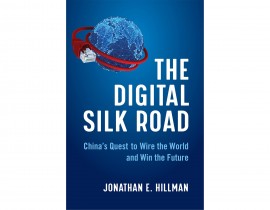
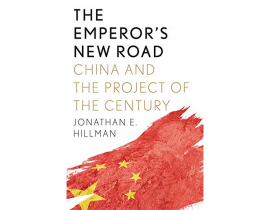

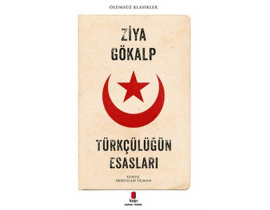
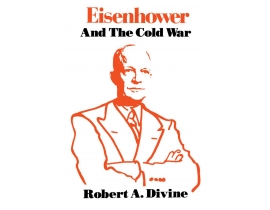
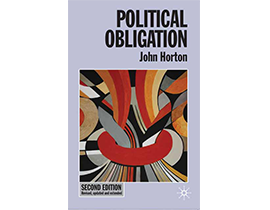
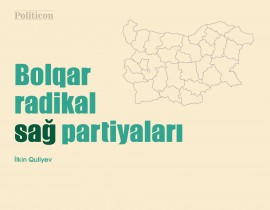
jpg-1599133320.jpg)

